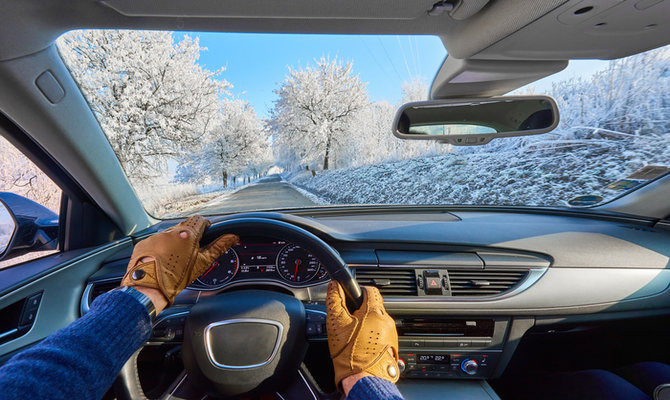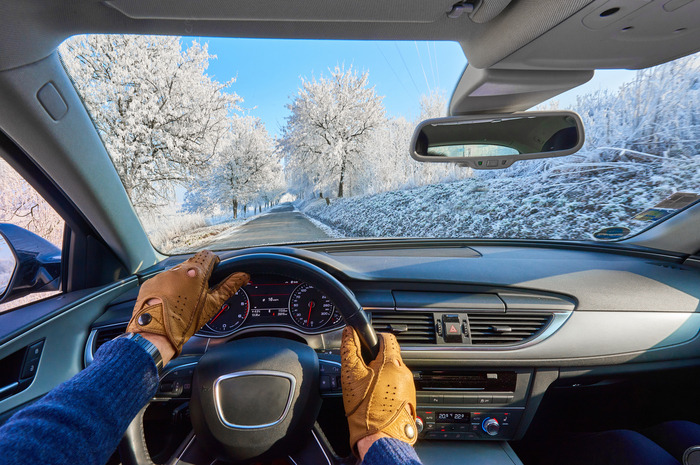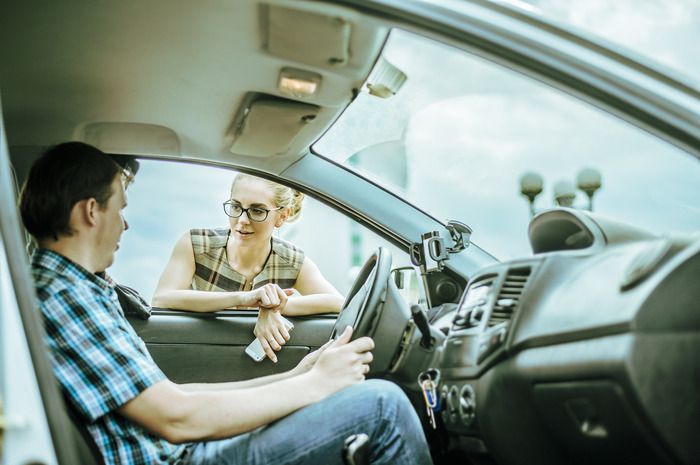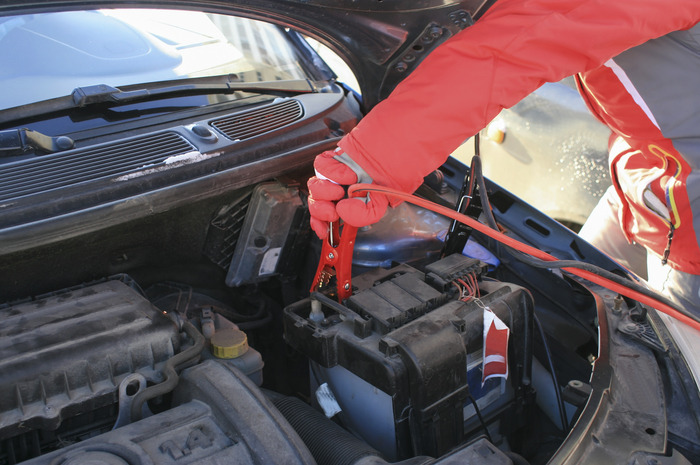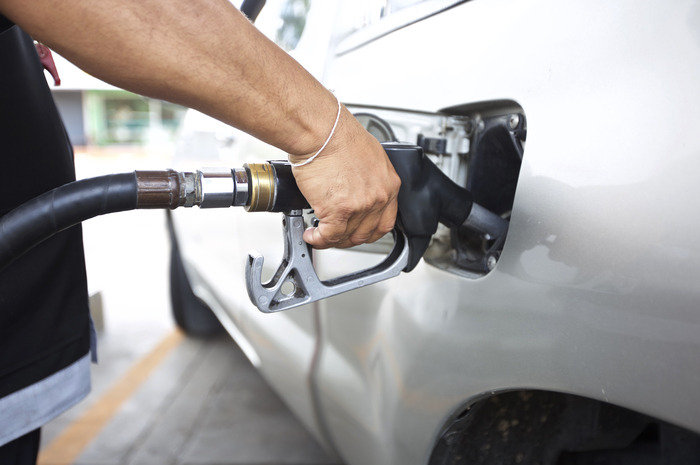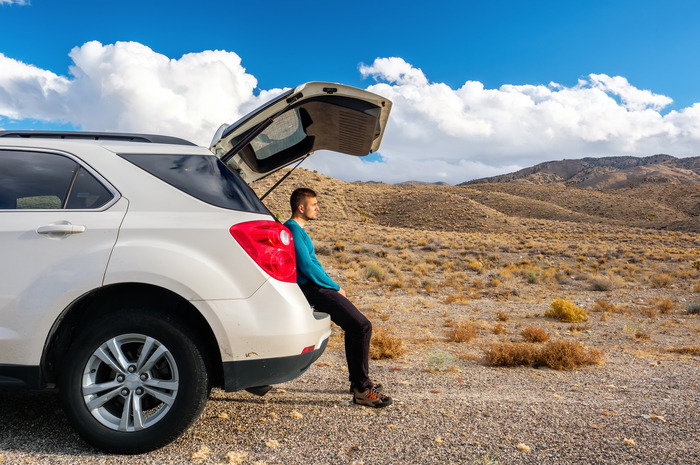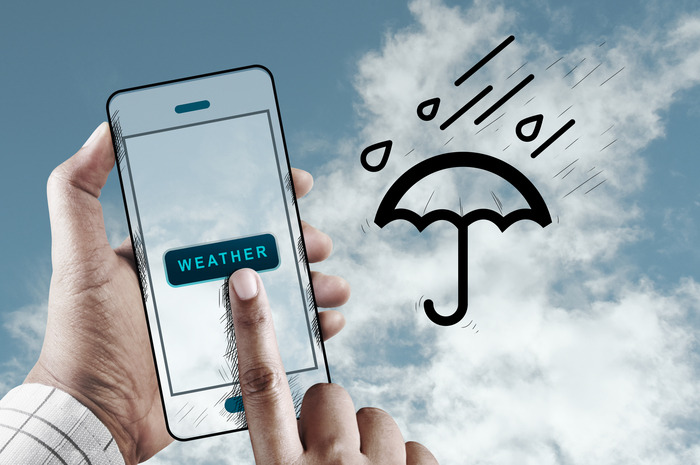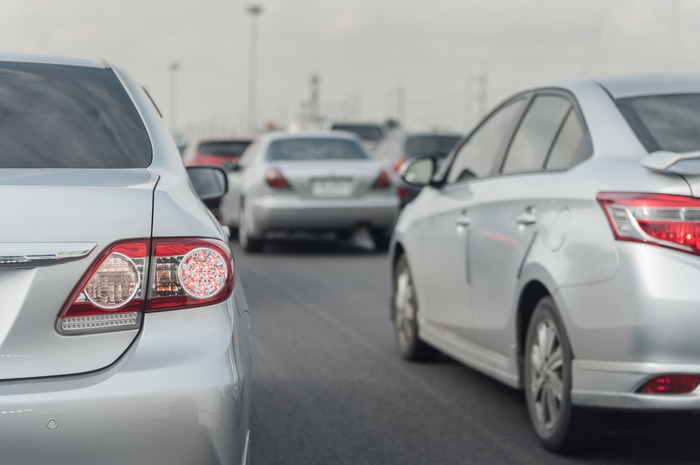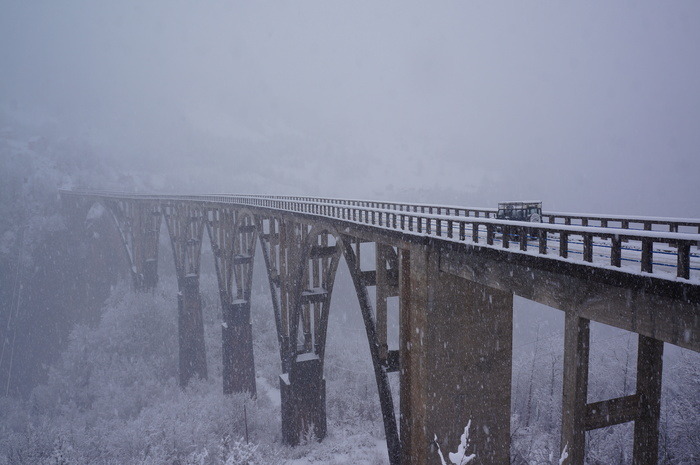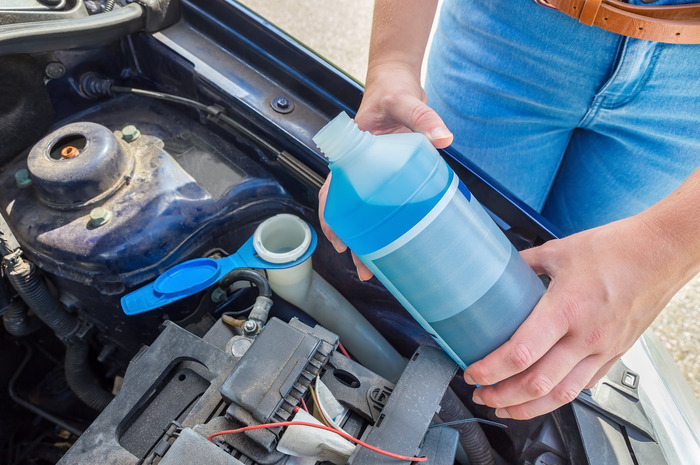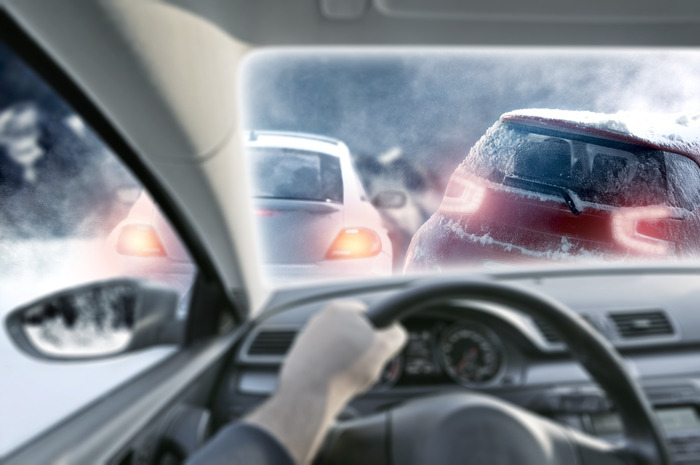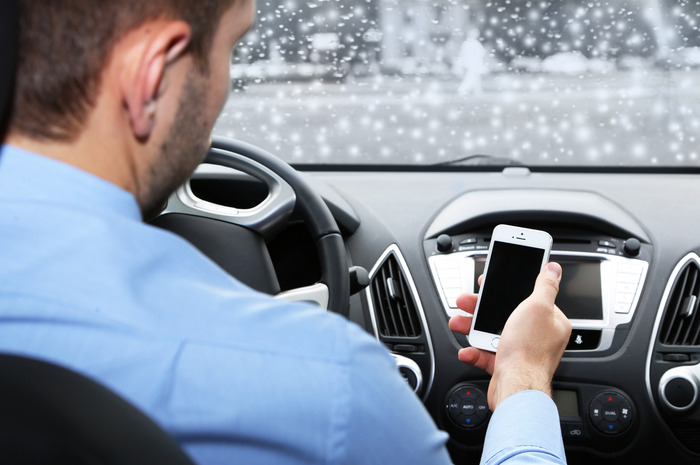10 Tips For Safe Winter Driving
10 Tips for Safe Winter Driving
"Winter storms have been hitting hard across the country and driving conditions are more dangerous than ever," says Jerry Jariyasunant, Co-Founder of connected car company, Automatic. "Winter weather leads to poor visibility, slippery traction, and temperature extremes that can affect the insides of your car, among other risks."
*Related: Cold Weather Health Myths
Make sure someone has your back
"If you're going out in harsh conditions, let someone know when you're leaving and when you'll be arriving in case something goes wrong," says Jerry Jariyasunant, Co-Founder of connected car company, Automatic. "Or consider purchasing a connected car adapter called Automatic." The Wall Street Journal called this device a "911 lifeline for your car" because of its unique Crash Alert feature, which alerts and sends emergency personnel to you in case of a crash, as well as notifying your loved ones, he adds.
Don’t let your battery fail you
"Cold winter temperatures drain your battery faster and it also takes more battery power to start your car in colder weather," Jariyasunant says. "Consumer Reports ranks the best batteries out there, so if it's time to get a new one, take their recommendations into consideration."
Fill up more frequently
"Always keep your gas tank at least half full," Jariyasunant explains. "If weather conditions change suddenly and you're unexpectedly caught in a blizzard, you want to make sure your car will be able to stay on and keep you warm through the duration."
Pack a bag
"Stock your car with a winter survival kit: a sturdy ice scraper, a snow shovel, flashlight, and jumper cables. Keep sand, salt, or kitty litter in your trunk," Jariyasunant says. "Any of these can be used to spread out in front and behind your tires to help gain traction and get you unstuck if need be."
Use an app to track
Always make sure to monitor the weather before you go out. "Weather can change suddenly and a sunny morning can be followed by an intense snowstorm that afternoon," Jariyasunant says. "A comprehensive, radar-tracking app like Weather Underground is especially useful." It's better to stay home and wait for conditions to improve than to risk it, he adds.
Slow down
"The speed limit doesn't apply in harsh winter conditions; you should drive at much lower speeds in snow and heavy rain," Jariyasunant explains. The basic speed law is a good guide: "No person shall drive a vehicle upon a highway at a speed greater than is reasonable or prudent."
Beware of bridges
Jariyasunant recommends you to be especially cautious on overpasses and bridges. "These tend to ice over before regular roads and can be very slippery in cold weather."
Stay dry
"Make sure your car is equipped with plenty of washer fluid and new wiper blades to help keep your windshield clear, tires that aren't old or worn, and that your front and rear defrosters are in good working condition," Jariyasunant says.
Remain calm
"If your car skids, remember to never slam your brakes in response," Jariyasunant says. "Instead, immediately take your foot off the gas and continue to steer the car in the direction you want to go until it slows enough for you to fully retake control."
Put down your phone
"Take year-round driving safety rules especially to heart in the winter," Jariyasunant says. "Everyone in the car should be wearing a seatbelt and don't let your phone or GPS become a distraction to you."
